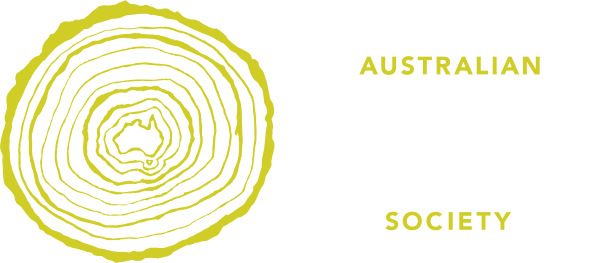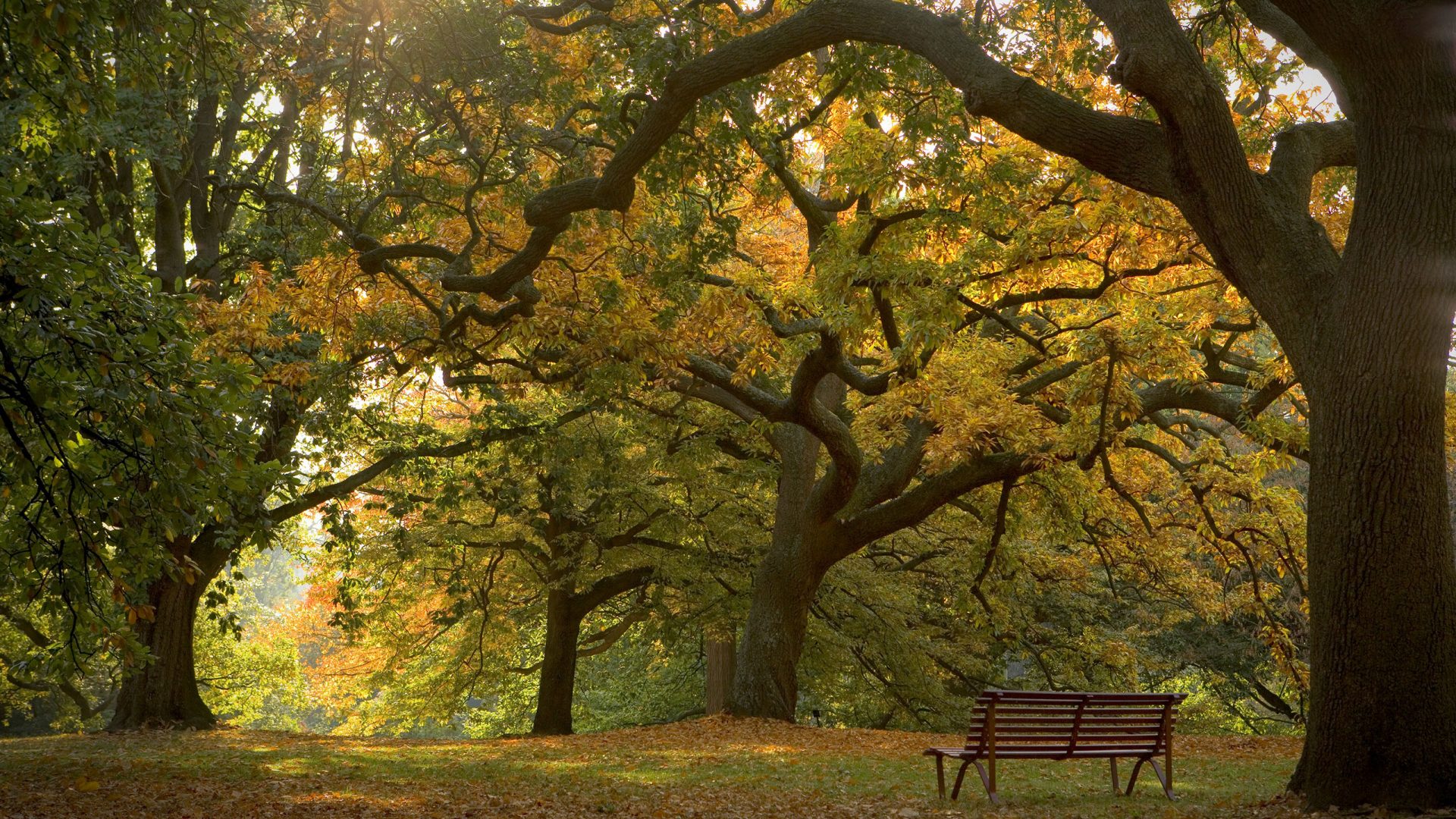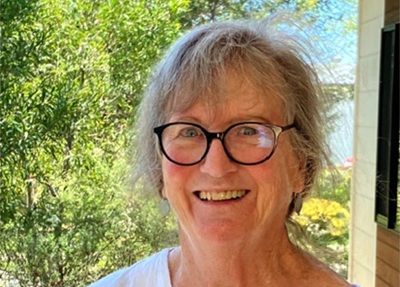Interview Recording
Part 1
Part 2
Interview Transcript
Juliet Ramsay interviewed on 12 December 2024 by Roslyn Burge
Synopsis
Juliet Ramsay was born in Sydney and grew up in Goulburn. After leaving school in Goulburn she studied Nursing at Camperdown Children’s Hospital and Midwifery in Canberra. She left nursing and began studying architectural draftsmanship.
Juliet met her husband who was studying at ANU – they married in America and when he worked in Papua New Guinea Juliet worked for the architect James Birrell. They returned to Canberra and built a house in Burra, before moving with her husband when he took a position at Port Arthur. It was observing the plantings and purposeful plantings of native trees and older apples and roses at Port Arthur that Juliet’s interest in historic gardens was formed.
Juliet and her family lived at Port Arthur and she began studying at the College of Advanced Education in Hobart (later Institute of Architecture, Planning and Landscape Architecture) and one of her lecturers was Phyl Simons (an early member of the AGHS).
Juliet describes the overwhelming sense of history at Port Arthur and the impact of the physical environment of the place together with a variety of communities – fishing industry and conservators and archaeologists working at Port Arthur. While at Port Arthur she joined the AGHS encouraged by Anne Cripps.
The family returned to Burra and Juliet worked for the Heritage Commission assessing final nominations to the National Estate and published the guide: How to Record the National Estate Values of Gardens. She describes the conditions working at the Heritage Commission and her involvement with the Australian Garden History Society’s ACT Monaro Riverina Branch, and during this time she assisted with the Society’s publications, contributed to the Journal and wrote a number of entries to The Oxford Companion to Australian Gardens.
Juliet talks about her work on National Estate Listings of parks and gardens, the significance of lookouts. She describes the difference in attitudes now to heritage compared to the 1980s and mid 90s.
Juliet spoke at length on her work assessing the aesthetics of forests, the complexities of that process and working with Indigenous and local communities. She gave a presentation in Mexico on the work in the forest on cultural landscapes. As well she spoke of her involvement with ICOMOS and its cultural landscape groups. Juliet worked for a time in China, and while there studied West Lake in Hangzhou Juliet described her dismay on changes to Lake Burley Griffin and her advocacy work over the last 10 years with Lake Burley Griffin Guardians.


